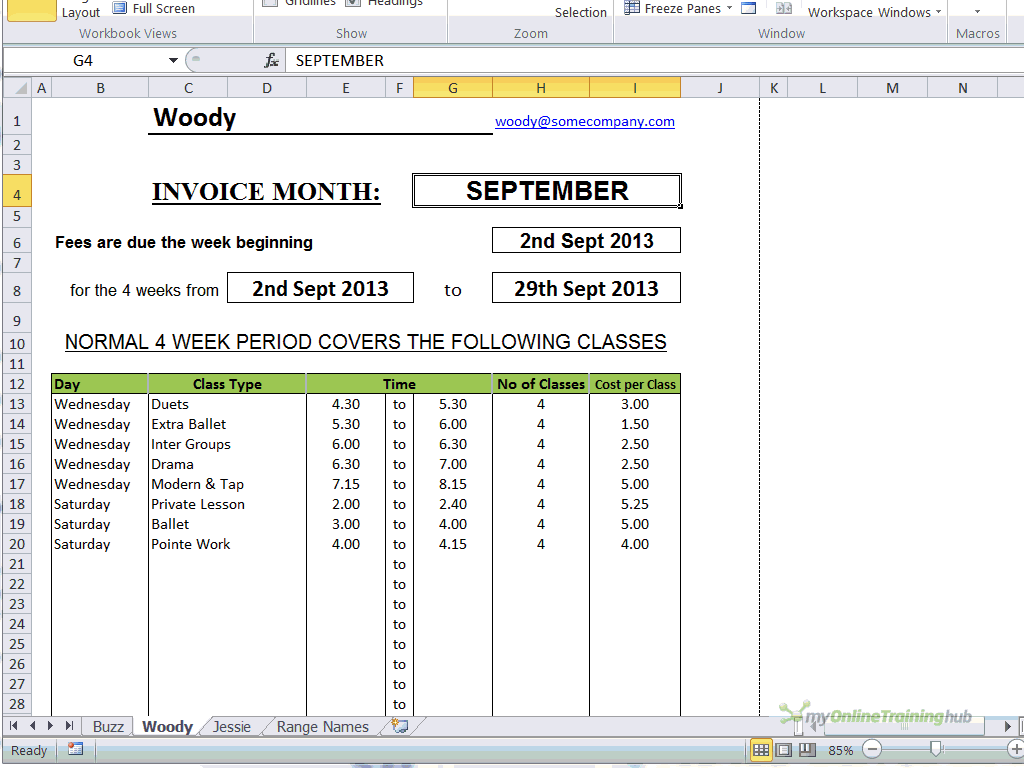

For example, it could be Project Data or Sales Data. In many cases, the worksheet you refer to would have multiple words in the name. But the format of the references mentioned above are going to remain the same In reality, you would be using these in formulas. Note that I have only shown you the reference to the cell or the range. So, if you want to refer to the range A1:C10 in another sheet in the same workbook, you need to use the below reference: =Sheet1!A1:C10 So if you need to refer to cell A1 in Sheet 1, you need to use the following reference: =Sheet1!A1Īnd if you want to refer to a range of cells in another sheet, you need to use the following format: Sheet_name!First_cell:Last_cell If you have to reference another sheet in the same workbook, you need to use the below format: Sheet_name!Cell_addressįirst, you have the sheet name followed by an exclamation sign which is followed by the cell reference. And in case you make any changes in cell A1, these would be reflected in the cell where you have used this reference. When you do this, the value in the cell where you use this reference will be the same as that in cell A1.

This is the most basic level of referencing where you refer to a cell on the same sheet.įor example, if I am in cell B1 and I want to refer to cell A1, the format would be: =A1

#Excel for mac create separate pdfs by worksheet how to#


 0 kommentar(er)
0 kommentar(er)
